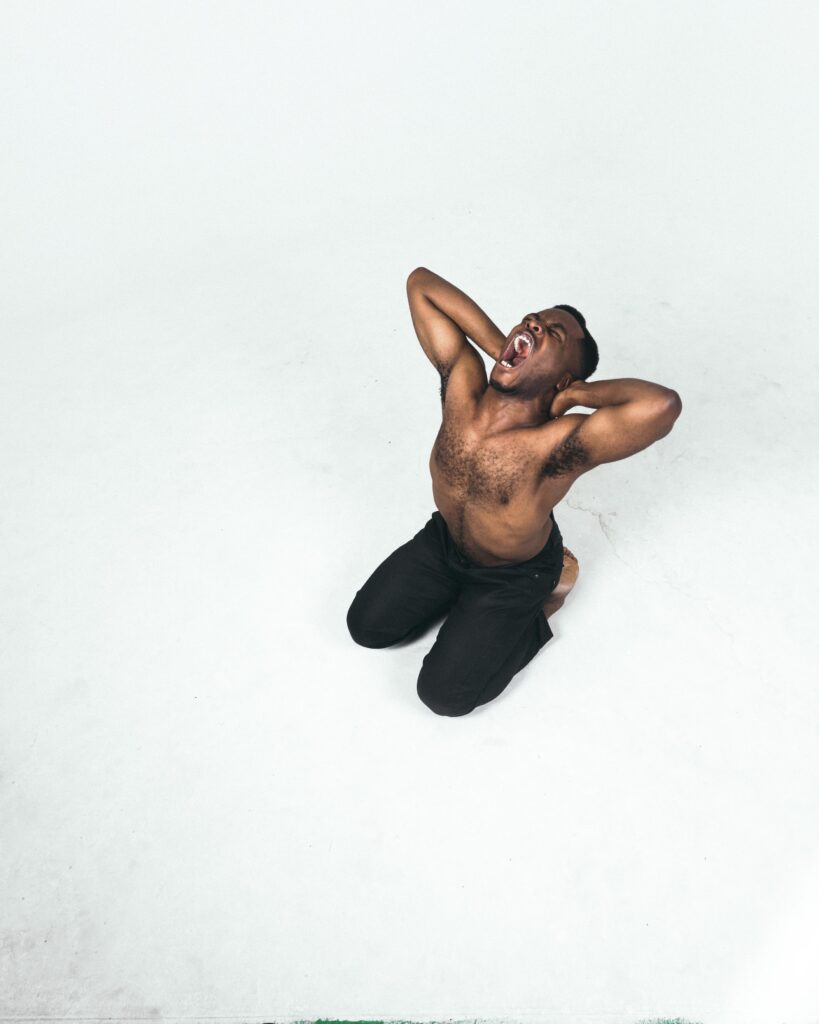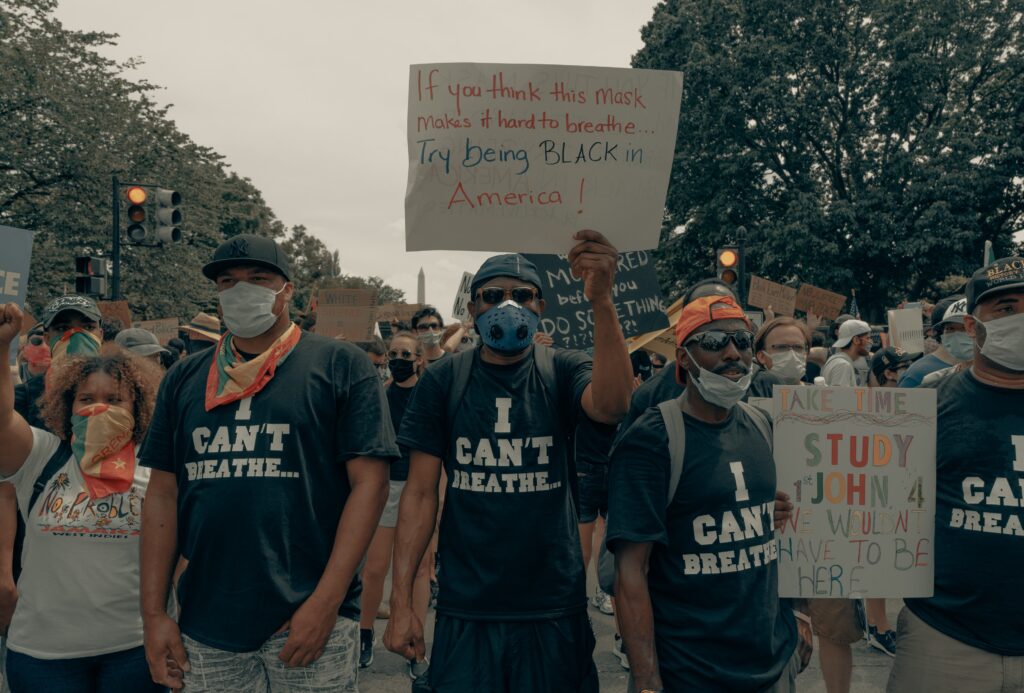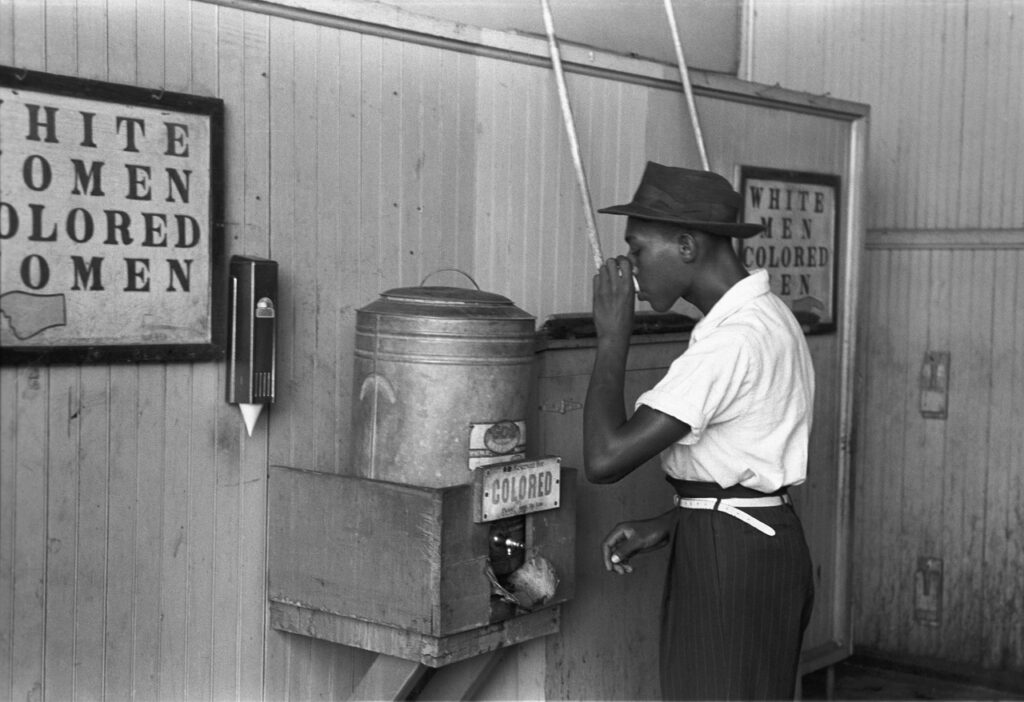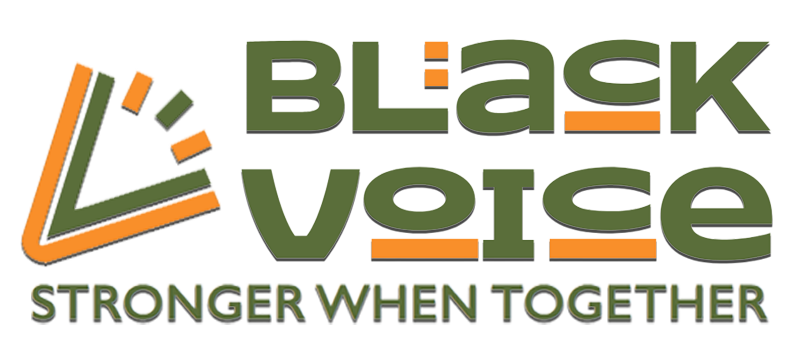By: Priscilla Wiredu

In 2020, Gerber announced that the face of their products will be named after a Black baby named Magnolia Earl.
Not only did Earl make history as the first Black baby to represent Gerber’s company, but also the first adopted baby to be their spokesperson at only one year old.
Magnolia’s proud parents, Courtney and Russell Earl, claimed that Magnolia could bring a smile to anyone’s face, and her adoption brightened up the family’s lives and strengthened their family unity.
Magnolia’s photogenic face attracts many and makes them question how someone so young, innocent, and beautiful challenged a systemic racial barrier and render a positive representation for many Black babies worldwide.
Success breeds criticism, jealousy, and hate, especially when a person of colour is recognized for their unique talents and achievements.
Many envied Magnolia for winning the contest. They expressed over social media their views on Gerber’s increasing popularity. Many believed that the company took advantage of a successful moment by exploiting Magnolia as a Token Black baby to appease the left.
This is an example of reverse racism, where Magnolia was chosen as the face to market the brand because she was a Black baby, and the other qualified babies were robbed of a fair chance because they were white.
‘Reverse racism’ is a fairly new term that has been introduced to society. The term is commonly used amongst white supremacists to further propagate their own proposed victimhood.

What is Reverse Racism?
Reverse racism describes white people who have been discriminated against or subjected to racism by people of color.
Reverse racism exists through stereotypes, such as, white people cannot dance, season their food, or attend BIPOC spaces.
Upon the recent calls for book banning, and fighting against the teaching of Critical Race Theory in schools, many white oppositionists have claimed that allowing specific books and CRT to be available exemplifies reverse racism. This is because these mediums put white people in a negative light.
It displays racism amongst Black, Asian, Indigenous, and Latino populations at the hands of white supremacists.
People have also claimed that there is reverse racism in South Africa due to Black civilians destroying the farms of white farmers and forcing them out.
Here, we will debunk the myth and social lie that is reverse racism.
Why it is Not Real
Reverse racism is an oxymoron.
Racism is a combination of two things, discrimination and power, and power can only come from the group who is the most dominant.
Worku Nida, an assistant professor of anthropology at UCLA, defines racism as a “mechanism where resources and power, wealth, prestige, and even humanity receives distribution along a color line.” Nida claims that there are only two types of racism: individual and systemic.
Individual racism is when a person in a privileged position shows prejudice against another person towards their skin color.
For example, a shop owner who follows Black customers in their store, assuming that they are shoplifting.
The problem with individual racism is that the beliefs of the privileged one become amplified and the norm.
Systemic racism is racism rooted in institutions, with actions and policies that allow a specific group of people to advance in society and leaves other groups to be marginalized in gaining access to the same resources.
It happens in courts, congress, schools, governments, businesses, and many other institutions.
One recognizable example of systemic racism was the G.I. Bill of Rights passed after the Second World War.
This bill outlined that veterans and their families would benefit from low-interest mortgage rates, access to loans, and other benefits.
This bill excluded the millions of Black veterans who returned from the war seeking these resources to restructure their lives back to normalcy. This is due to Black veterans facing harassment and discrimination upon their return from war and settling in housing projects.
The feeling of superiority over another race is simply the tip of the iceberg when defining racism.
There needs to be an awareness of racism being rooted in systemic hierarchies. Historical institutions that have been made by, benefited, and catered to white people, simultaneously make it difficult for BIPOC to strive in society.
The effects of these practices stem from police brutality, racial wealth gaps, slavery, colonialism, and home ownership. White people are limited in these forms of oppression. While they experience prejudice – i.e., being called a Karen and being told they do not know how to cook, etc. these stereotypes do not impact their lifestyle and future prospects to excel in society.

Why it is Harmful
Outside of it being a mockery to those who have experienced and are fighting against real racism, reverse racism can be harmful if validated.
Misconceptions about affirmative action can fuel white resentment when viewing Black individuals in positions of power. Affirmative action can fuel the belief that Black people gained success because the institution needed a Black face to avoid being called discriminatory.
It portrays a facade that the state favors Black people over well-qualified white people, instead of following fair procedures based on merit. It forces Black people to believe that their success is rewarded with inclusive practices as an apology for being born into a minority, and it undermines their intelligence and confidence.
The most harmful effect of reverse racism is that white people mold a narrative in their own favor. White people are not used to being victims of oppression or racism, nor do they want that to happen.
They claim that reverse racism protects themselves from backlash on racist views, and when things get too real for them, they can reignite their power over BIPOC groups and are no longer victims. Racist people like to manipulate and trivialize problems with race so that their path to finding a viable solution becomes difficult for anti-racist activists.
The need to denounce reverse racism is legitimate and critical. People should address the issue of reverse racism and rebuke it as it being the same as actual racism suffered by Black populations for centuries.
“I want every white person in this room who would be happy to be treated as this society in general treats our citizens, our Black citizens, if you, as a white person, would be happy to receive the same treatment that our Black citizens do in this society, please stand.”
(silence)
“You didn’t understand the directions. If you white folks want to be treated the way Blacks are in this society, stand.”
(silence)
“Nobody’s standing here. That says very plainly that you know what’s happening, you know you don’t want it for you. I want to know why you’re so willing to accept it or to allow it to happen for others.”
- Jane Elliot, American diversity educator
Priscilla Wiredu is a writer for this year’s Black Voice project. An alumni of York University, she graduated with Honors where she studied Social Sciences. She then went on to get an Ontario Graduate certificate in Creative Writing from the Humber School for Writers, and a college certificate in Legal Office Administration at Seneca College. She is currently studying for the LSAT in hopes of going to law school. Her main goal as a Black Voices writer is to ensure Black issues and Black Pride are enunciated through her works.

